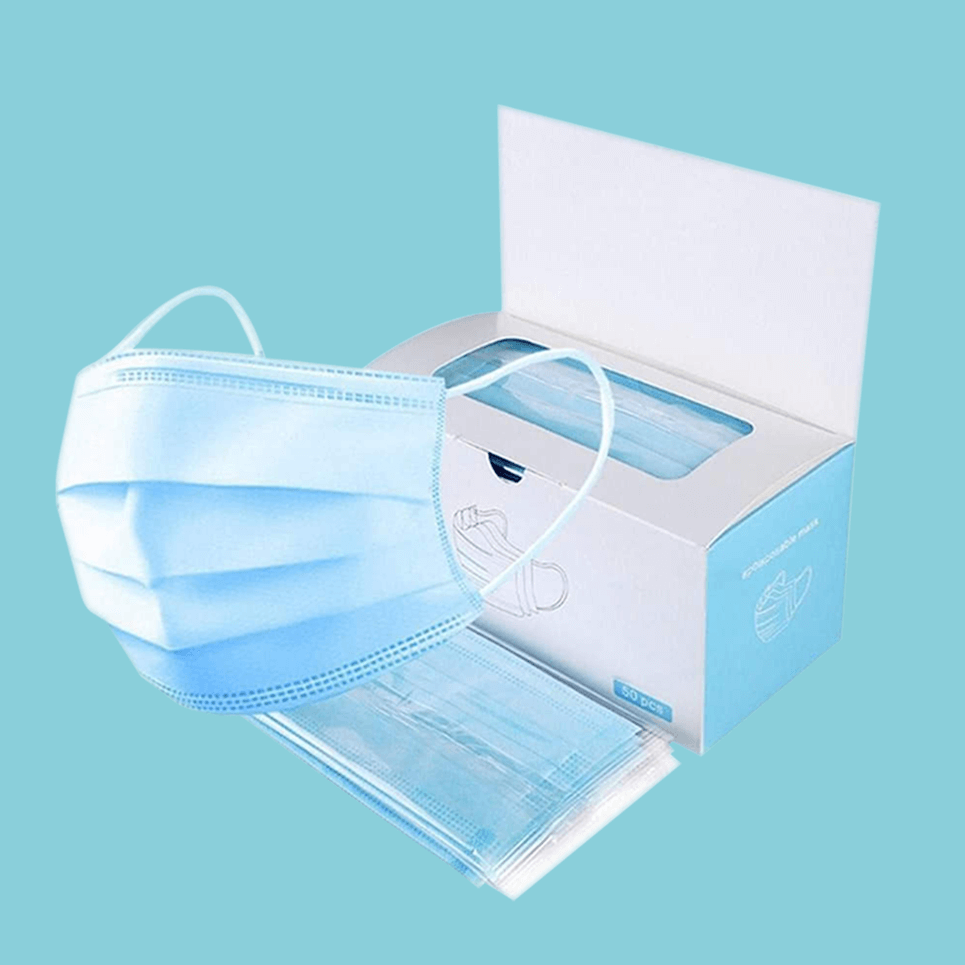How do surgical mask and respirator filters perform?
Respirator filters that collect at least 95% of the challenge aerosol are given a 95 rating. Those that collect at least 99% receive a “99” rating. And those that collect at least 99.97% (essentially 100%) receive a “100” rating. Respirator filters are rated as N, R, or P for their level of protection against oil aerosols. This rating is important in industry because some industrial oils can remove electrostatic charges from the filter media, thereby degrading (reducing) the filter efficiency performance. Respirators are rated “N” if they are not resistant to oil, “R” if somewhat resistant to oil, and “P” if strongly resistant (oil proof). Thus, there are nine types of particulate respirator filters:
- N95, N-99, and N-100
- R-95, R-99, and R-100
- P-95, P-99, and P-100
A quick online search will yield all kinds of results for DIY surgical mask tutorials, but the one we’re outlining here is about as simple and straightforward as it gets. There is no need for any sewing experience, and there’s a good chance you already have all the supplies you need to whip up one of these masks in just a few minutes.
To get started, you’ll need:
- paper towels (at least a few sheets per N95 mask)
- rubber bands (shoelaces or string will also work)
If you’d prefer to make a washable mask (one that can be reused rather than replaced), you can also use a t-shirt in place of the paper towels. If you are using a t-shirt, it’s a good idea to bleach and wash it before use—especially if there is any chance it has been contaminated in any way.



